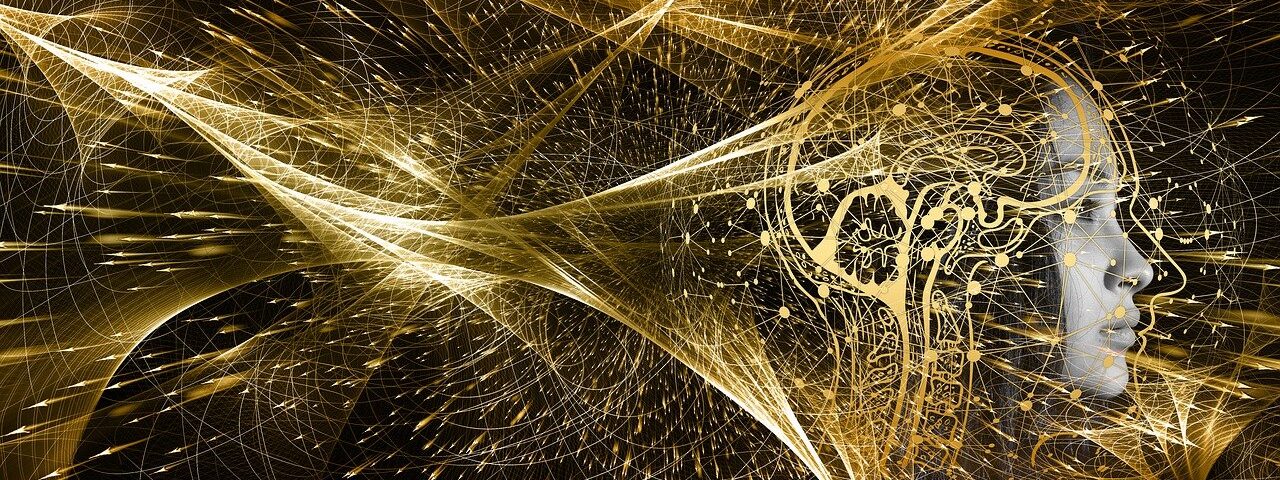Linux has come a long way in terms of the applications that are available for the platform. Whatever your specific needs are, you can be sure that there are at least a few applications available for you to use. Today, we’ll look at some of the best free Photo Editing Software for Linux, and I must say, there are a lot of image editing tools available.
This post selects some of the best of these awesome tools and talks about them briefly looking at what makes them stand out.
We always talk about the software available for well-known platforms like Windows and Mac iOS. Linux users deserve to get such information. So here we are to come to the rescue!
In no particular order, let’s start!
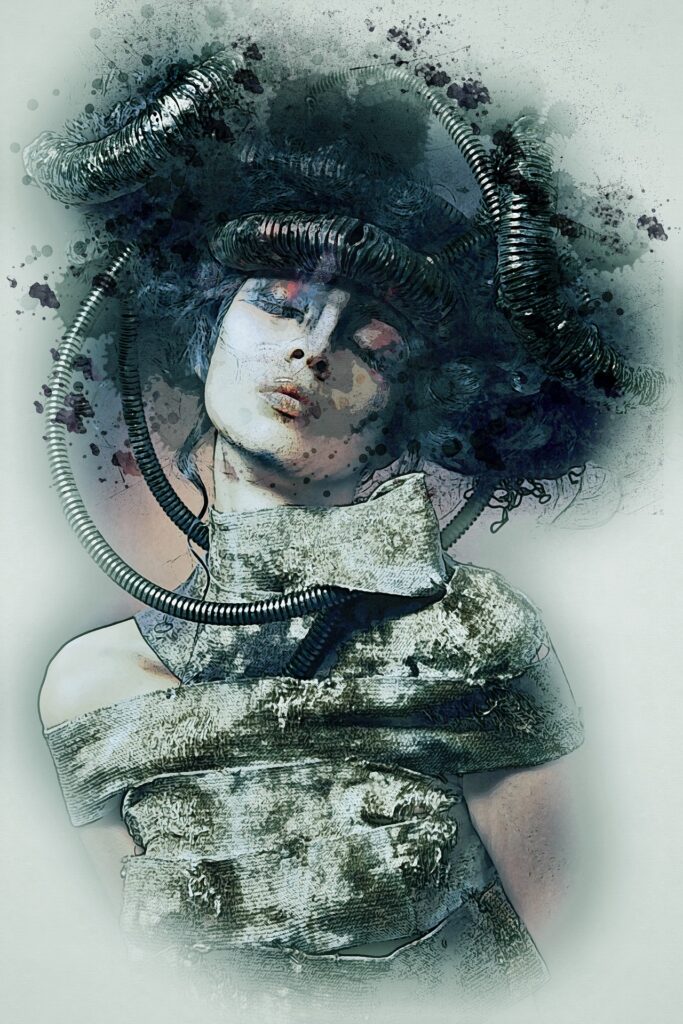
GIMP
I know I said in no particular order, but it would be wrong if GIMP was not mentioned at number one. GIMP is an advanced photo editor for Linux. You can use it to edit, enhance, and retouch photos and scans, create drawings, and make your own images. It has a large collection of professional-level editing tools and filters, similar to the ones you might find in Photoshop.
Numerous fine-control settings and features like layers, paths, masks, and scripting give you total control over your images. Many image file formats are supported, including JPEG, Photoshop (.psd), and Paint Shop Pro (.psp) files. It can also be used to scan and print photos. GIMP is the most popular free image editing tool amongst Linux users and rightly so.
Inkscape
Second, on the list is Inkscape. Inkscape is an illustration editor that has everything needed to create professional-quality computer art. You can use it to make diagrams and illustrations, technical drawings, web graphics, clip art, icons, and logos. There is excellent support for paths, gradients, layers, alpha transparency, and text flow control. It also has an extensive library of filters which allows you to apply realistic effects and extensions allowing you to work with bitmaps, barcodes, and printing marks, amongst other things. Most of the common vector formats are supported, including PDF, Adobe Illustrator, and AutoCAD files, and it has unrivaled support for the SVG web graphics standard. So this could be the photo on your Linux machine.

Pinta
Pinta is an easy to use drawing or editing program for Linux. With a simplified experience for casual users. Some of its features include Auto level, Black and White, Sepia, Motion blur, Glow, Warp, and similar effects. It also supports multiple layers, unlimited undo & redo, drawing tools such as Paintbrush, Pencil, and shapes. Pinta is awesome for those seeking a simple, lightweight, and great photo editor.
Krita
Krita is a creative Linux photo editor for raster images. Whether you want to create from scratch or work with existing images, Krita is for you. You can work with photos or scanned images, or start with a blank slate. Krita supports most graphics tablets out of the box. It is different from other graphics design programs. It has pluggable brush engines, some supporting brush resources like Gimp brush files, others offering the sophisticated simulation of real brushes, color mixing, and image deformations. Moreover, Krita has full support for graphics tablets, including such features as pressure, tilt, and rate, making it a great choice for artists. There are easy to use tools for drawing lines, ellipses, and rectangles, and the freehand tool is supported by pluggable “drawing assistants” that help you draw shapes that still have a freehand feeling to them. Krita is part of the Calligra Suite.
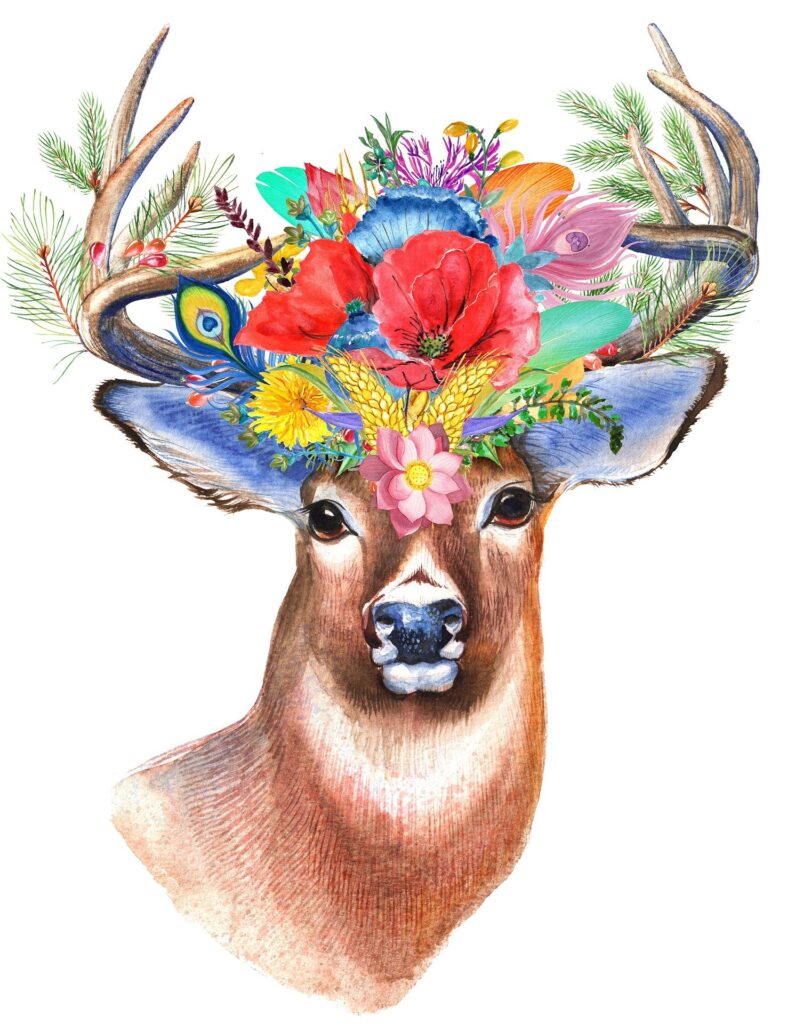
Fotoxx
Fotoxx is a program for improving digital photos. It allows you to navigate through large image directories using a window of thumbnail images, create HDR (high dynamic range) images by combining bright and dark images to improve details visible in both bright and dark areas, create panoramas by joining overlapped images, adjust brightness and color intensity independently for different underlying brightness levels, reduce fog or haze by removing “whiteness” and intensifying colors. rotate an image (level a tilted image or turn 90 degrees), remove red-eyes from electronic flash photos, sharpen, resize, or crop images, reduce noise in low-light photos, change color depth, and stretch an image by dragging the mouse.
ShowFOTO
The next one on our list is ShowFOTO. ShowFOTO is a fast photo Editor for Linux with powerful image editing tools. You can use it to view your photographs and improve them. It is the standalone image editor of the digiKam project. It runs without digiKam images database support but comes with all Image Editor functions.
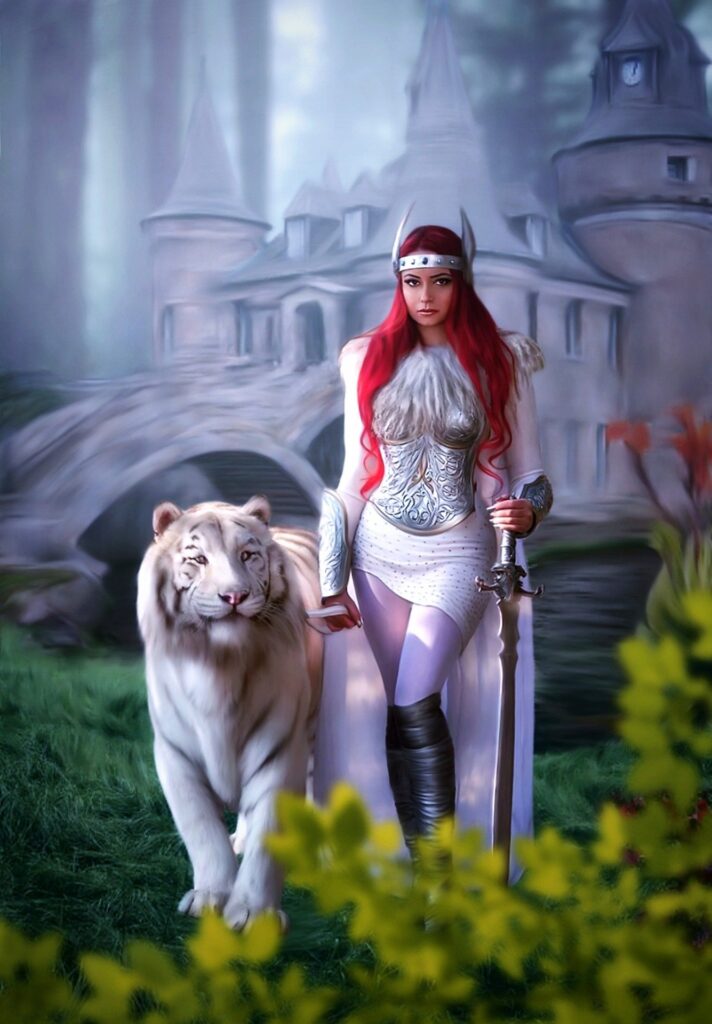
RAWTherapee
RawTherapee is an advanced program for developing raw photos and for processing non-raw photos. It is non-destructive, makes use of OpenMP, supports all the cameras supported by draw, and carries out its calculations in a high precision 32-bit floating-point engine. Moreover, RawTherapee supports JPEG, PNG, and TIFF as output formats for processed photos.
Darktable
Darktable manages your digital negatives in a database and lets you view them through a zoomable lightable. It also enables you to develop raw images and enhance them. It tries to fill the gap between the many excellent existing free raw converters and image management tools (such as UFRaw or F-spot). All editing is fully non-destructive and only operates on cached image buffers for display. The full image is only converted during export. The core operates completely on floating-point values, so Darktable is not usable for photography but also for scientifically acquired images or output of renderers (high dynamic range).
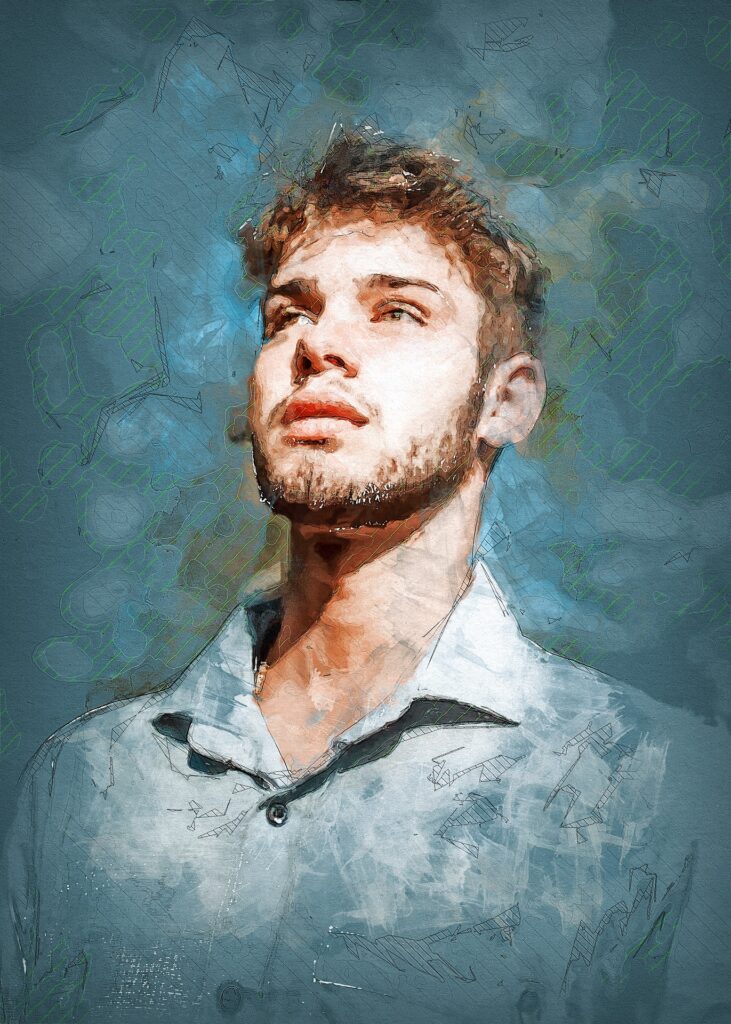
F-Spot
F-Spot is a full-featured personal photo management application for the GNOME desktop. It simplifies digital photography by providing simple tools to help you share, touch-up, find, and organize your images. Individual photos can be retouched and globally corrected. The number and sophistication of the correction scale to the imagination of the user. Similarly, you can even work on photos in batches. F-spot is easy for beginners to start with.
UFRAW
The Unidentified Flying Raw (UFRaw) allows you to decode and manipulate raw images from digital cameras. You can change parameters such as the exposure or the white balance of an image. UFRaw uses the code from the DCRaw raw image decoder and supports over 600 camera models, including many Sony, Nikon, Canon, and Fuji cameras. However, it can be used as a stand-alone tool or as a Gimp plugin, and images can be batch processed using the command-line interface.
DigiCam
DigiKam is an advanced and professional, free open-source digital photo management application that runs on Linux, Windows, and macOS. It offers a toolset for importing, managing, editing, and sharing photos and raw files.
It has the following features:
- Directory for tutorials on how to use it
- Facial recognition support
- Easy photo importing and exporting to different formats
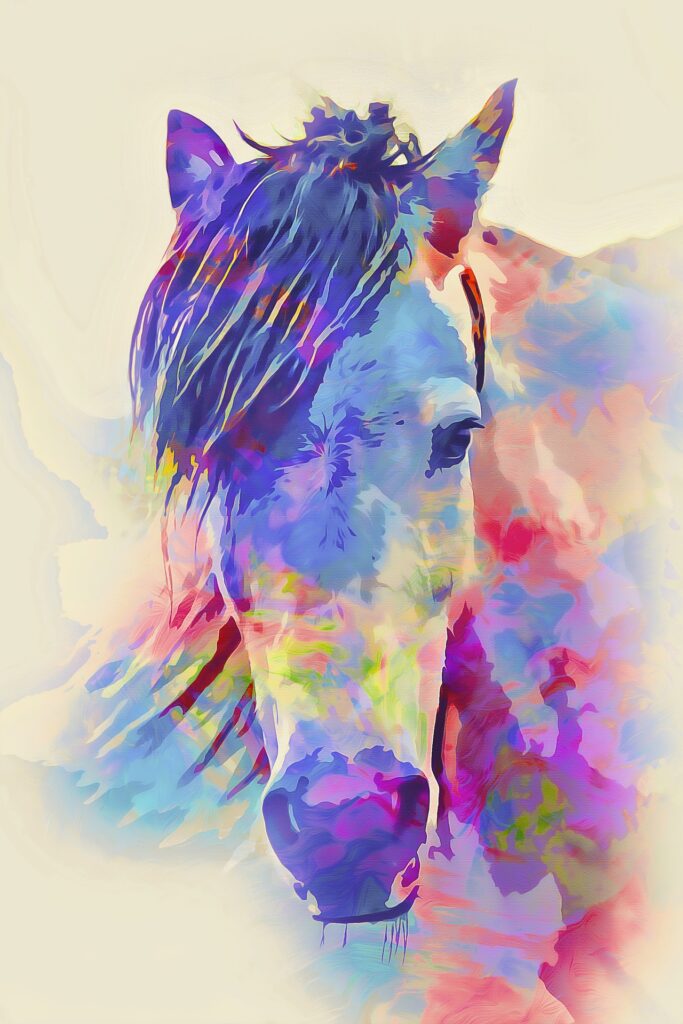
Lightzone
LightZone is an open-source, professional-grade digital darkroom software for Linux, Windows, Mac OS X, that supports RAW processing and editing. Unlike in other photo editors that use layers, LightZone enables you to build up a stack of tools that can be rearranged, readjusted, turned off and on, and removed from the stack at any time.
PixeLuvo
Pixeluvo is a beautiful design image and photo editor for Linux and Windows that features support for Hi-DPI screens, new camera RAW formats, and more. Therefore, to use it, you need a commercial license and a license for Pixeluvo full version costs $34 and includes all future updates for that major version number.
Pixeluvo offers a wide range of advanced features such as non-destructive editing via adjustment layers and powerful color correction tools. It also features realistic pressure-sensitive drawing tools and a variety of image enhancement filters.
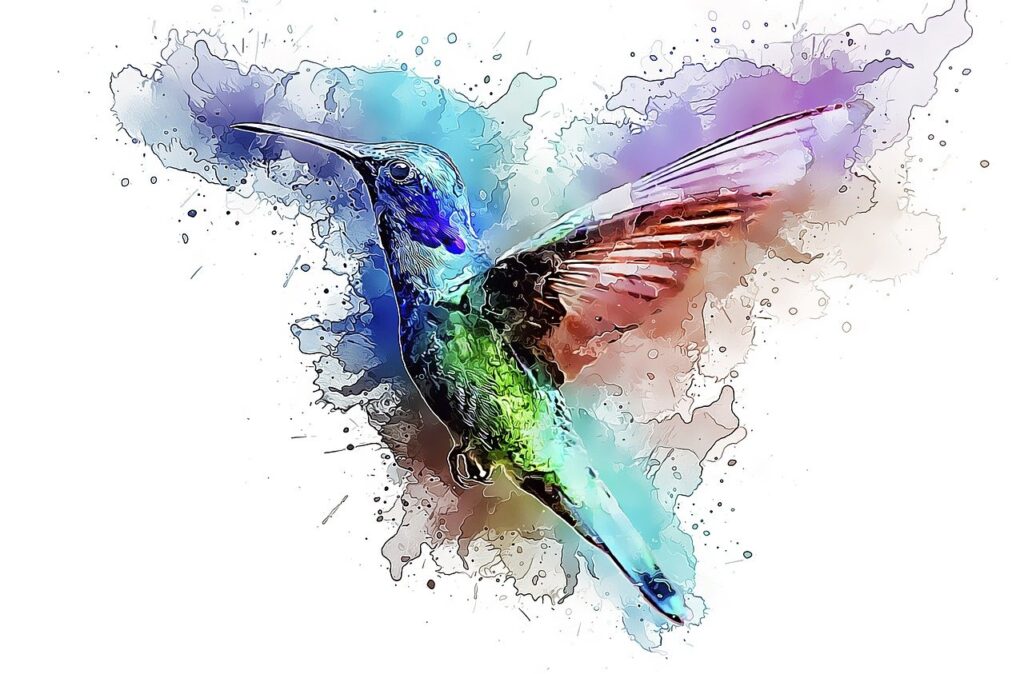
Photivo
Photo is a free and open-source, simple yet powerful photo processor for raw and bitmap images with 16-bit precision, that is used in a workflow together with digiKam/F-Spot/Shotwell and GIMP. It is a cross-platform that runs on Linux, Windows, and Mac OSX.
Requires a quite powerful computer to work well and is not for beginners because there may be a quite steep learning curve. It processes RAW files and bitmap files in a non-destructive 16-bit processing pipe with GIMP work-flow integration and batch mode.
Conclusion
In conclusion, it is really difficult to judge software by only reading the reviews. Share your experience with us in the comment section!
Happy Editing!

